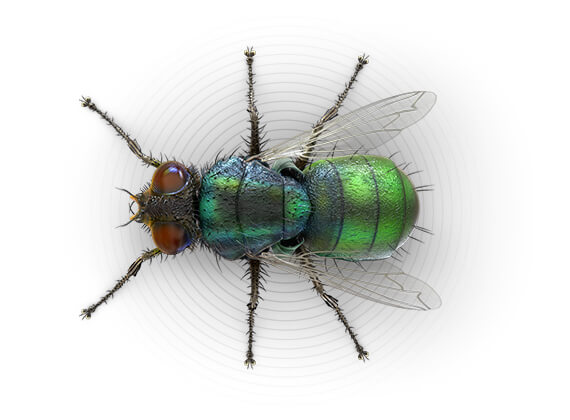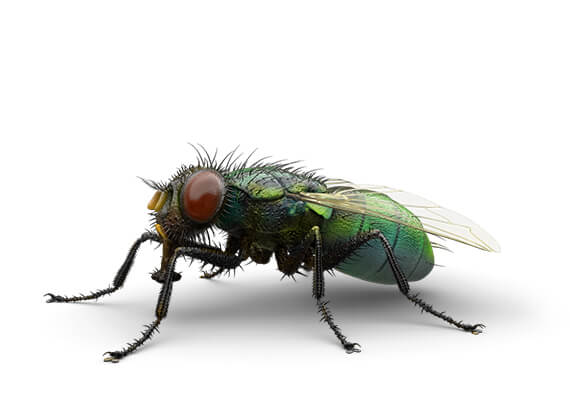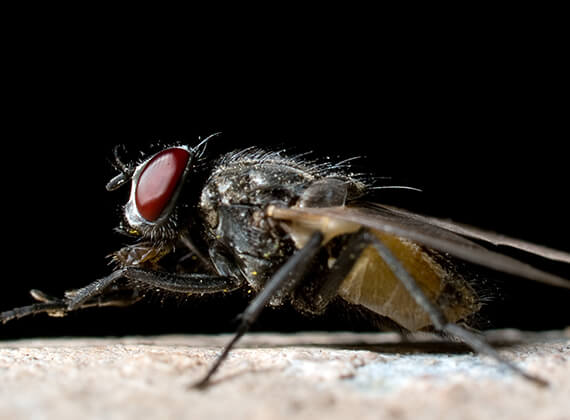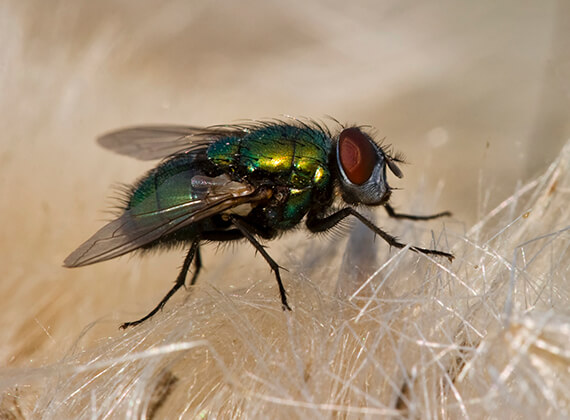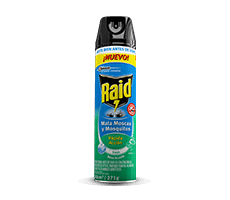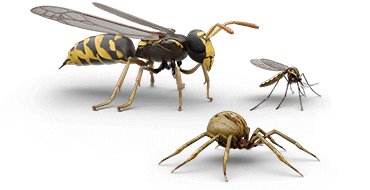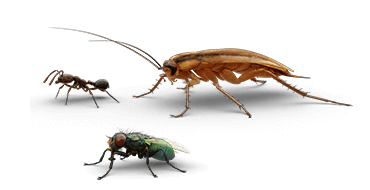Outdoor Filth Flies
Muscidae, Calliphoridae
-

SIZE
1/4in to 5/8in long
-

COLOR
-

BITE OR STING
No
-

WINGS
Yes
COMMONLY MISTAKEN FOR
General Information
Outdoor filth flies are more than just a nuisance. These flies also feed and breed on some seriously filthy stuff like garbage, feces, and dead animals—and can spread contaminants and disease wherever they land. Find out how to keep flies away so you can help protect your family.
-
Outdoor filth flies are also known as house flies, blow flies, green bottle flies, blue bottle flies, and flesh flies.
-
These flies are scavengers that are attracted to moist organic matter to both lay their eggs and take a meal.
Details
-
Fly larvae or “maggots” lay eggs in many different outdoor areas, including composting plant material, manure, garbage, and decaying animal carcasses.
-
Outdoor filth flies are scavengers that are attracted to food odors and moist organic matter where they can lay their eggs and enjoy a free meal.
-
As they feed, these flies can pick up germs and filth on their bodies and then redeposit them wherever they land.
-
Indoors, flies are a nuisance as they hover around food, particularly in the kitchen and living room.
-
Take out indoor garbage regularly.
-
Do not leave doors and windows open to help keep flies from coming inside.
-
Inspect screens for holes and loose edges that may allow house flies to enter.
-
Store food in sealed containers and keep fruit refrigerated.
-
Outside, be sure to seal garbage bags and tightly cover garbage cans and waste receptacles.
-
Remove all moist organic matter where outdoor filth flies may lay eggs outside, particularly in areas close to your home.
-
If there are more flies than you can handle with a fly swatter, help get rid of these pesky bugs using an insect spray labeled to kill flies.
